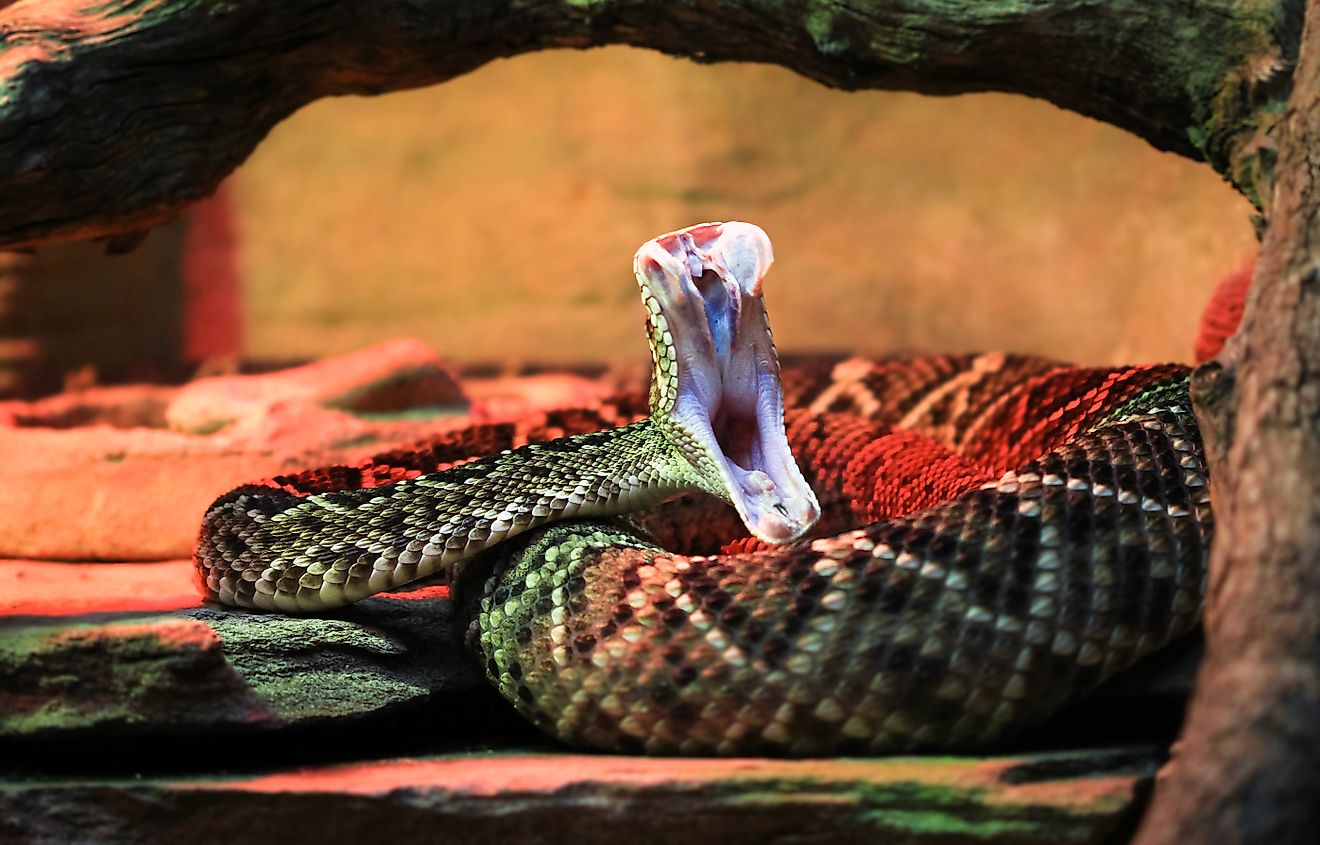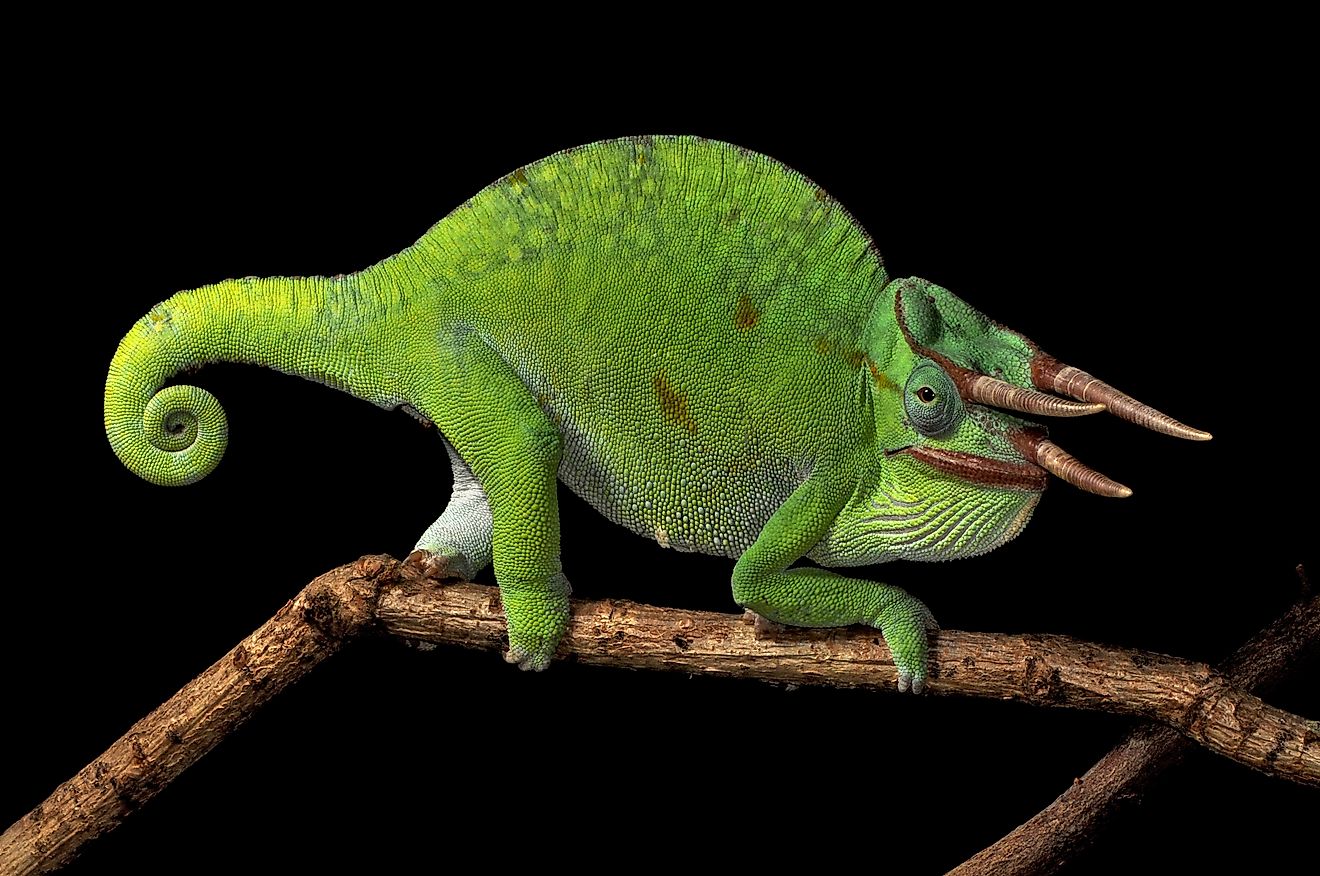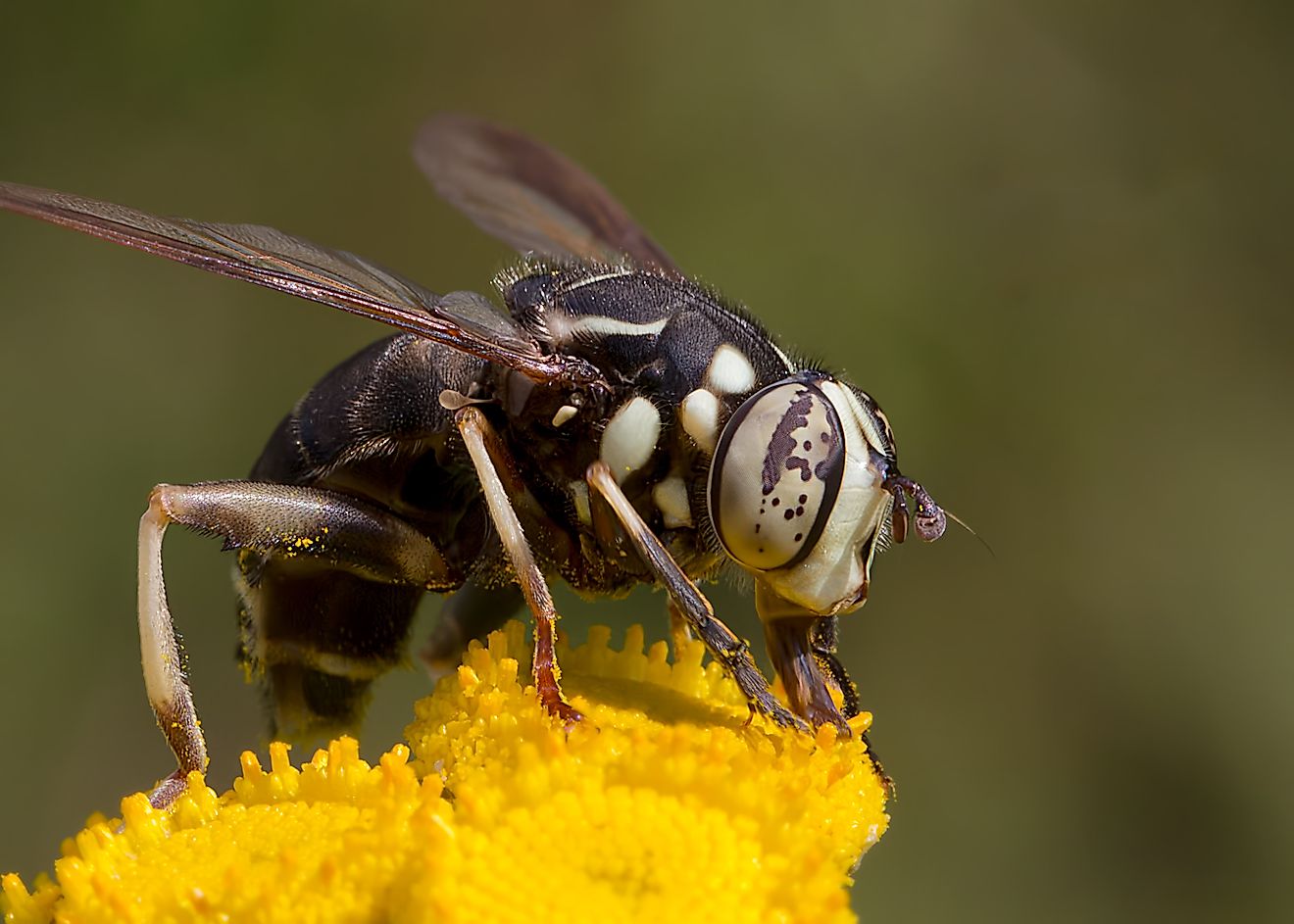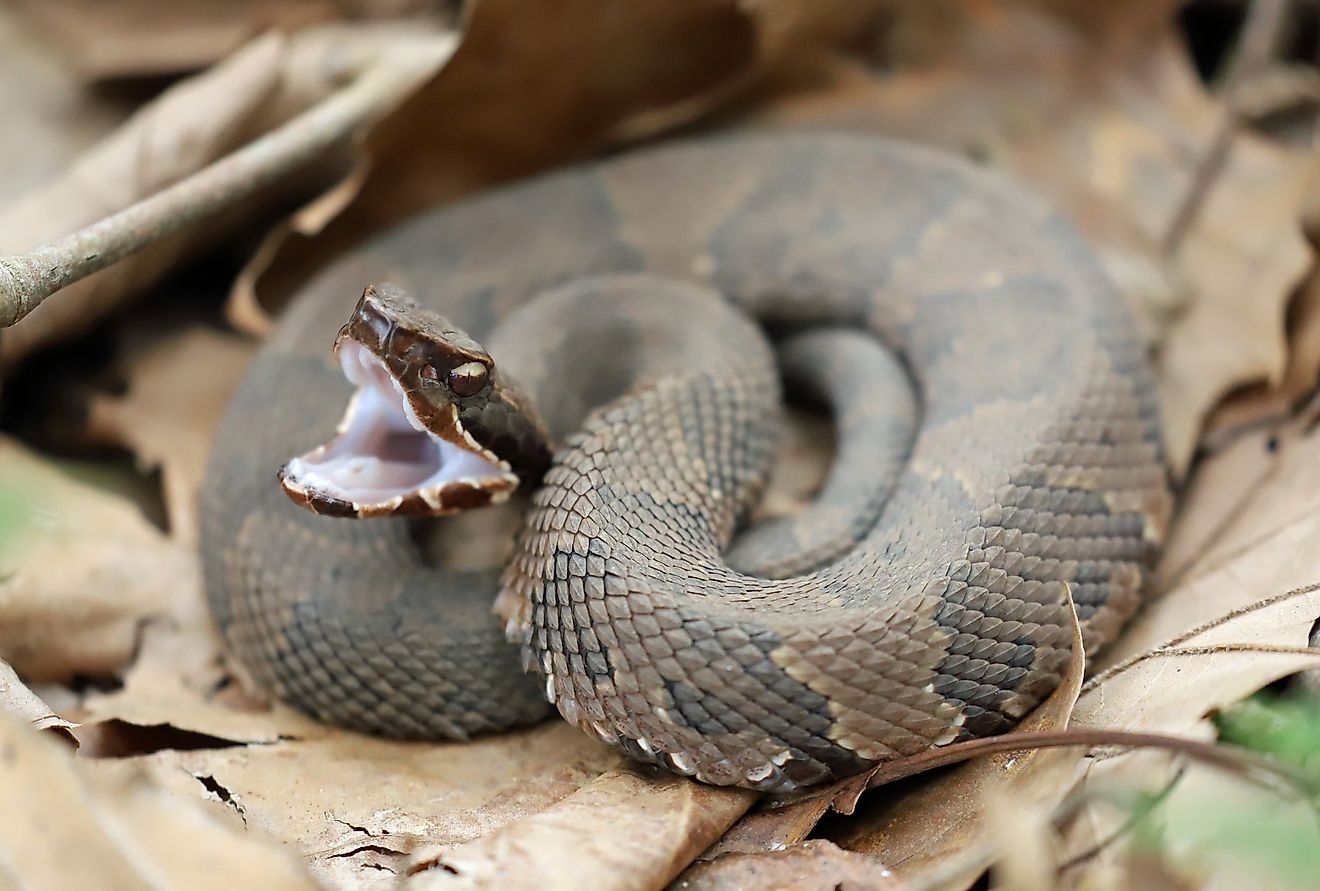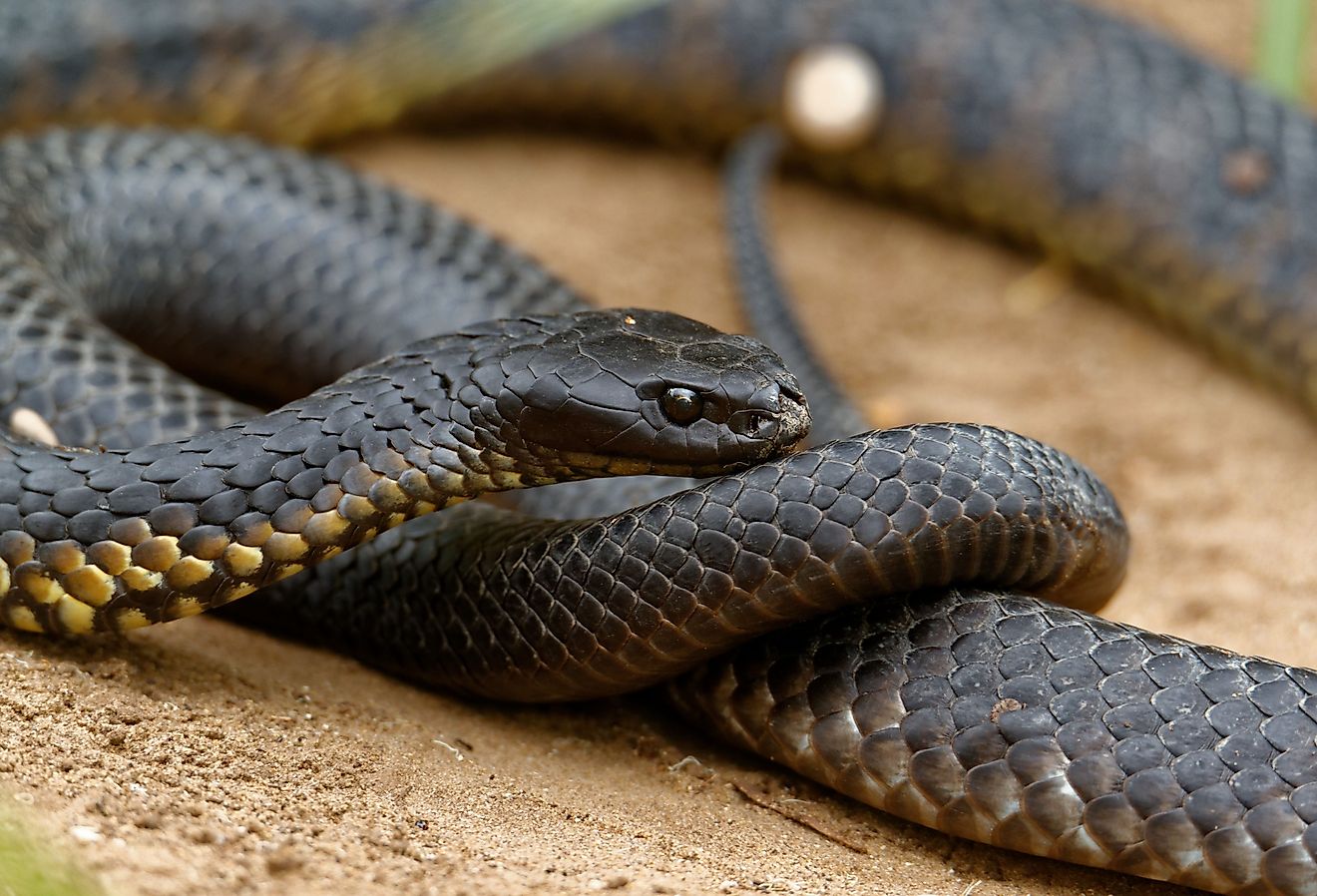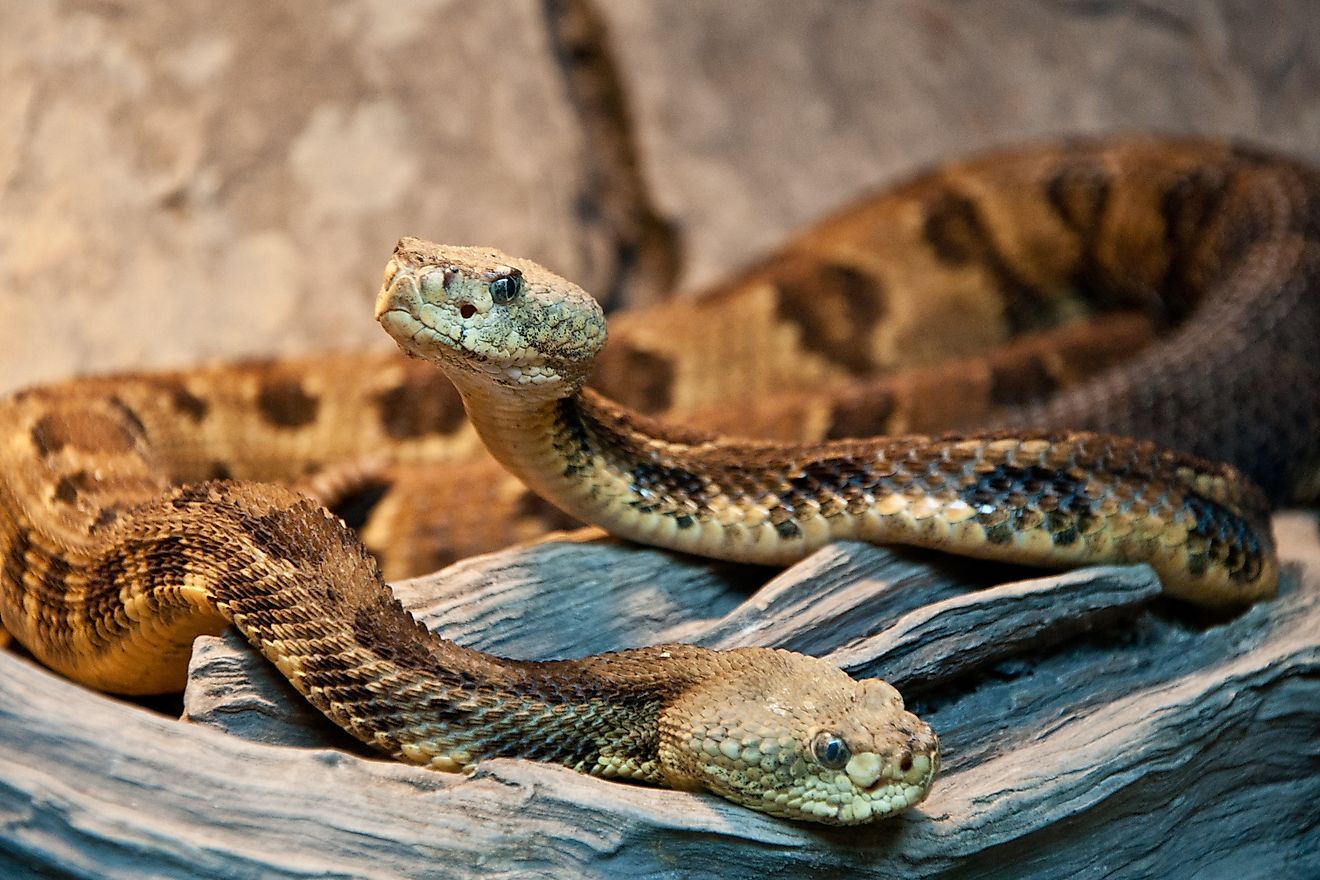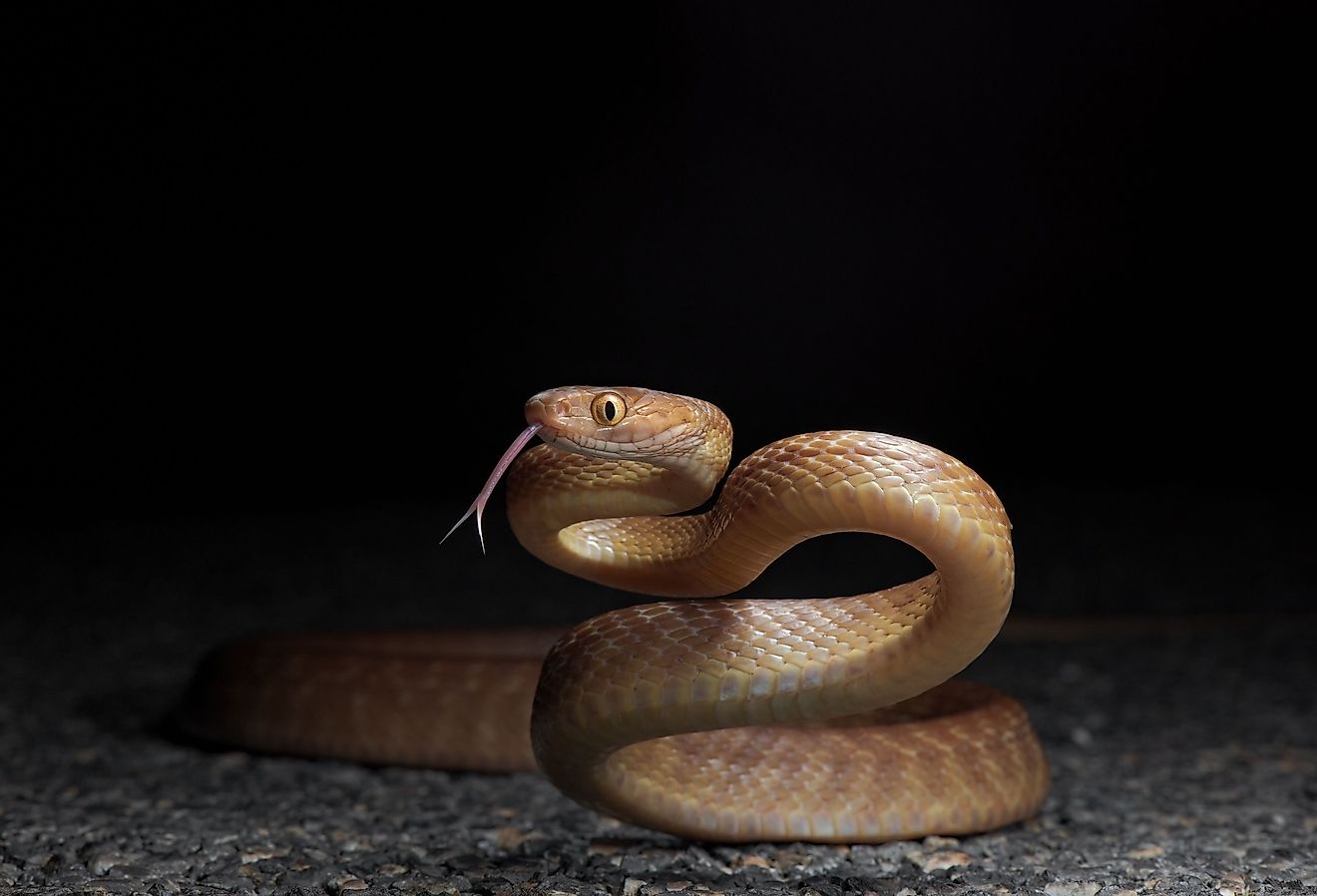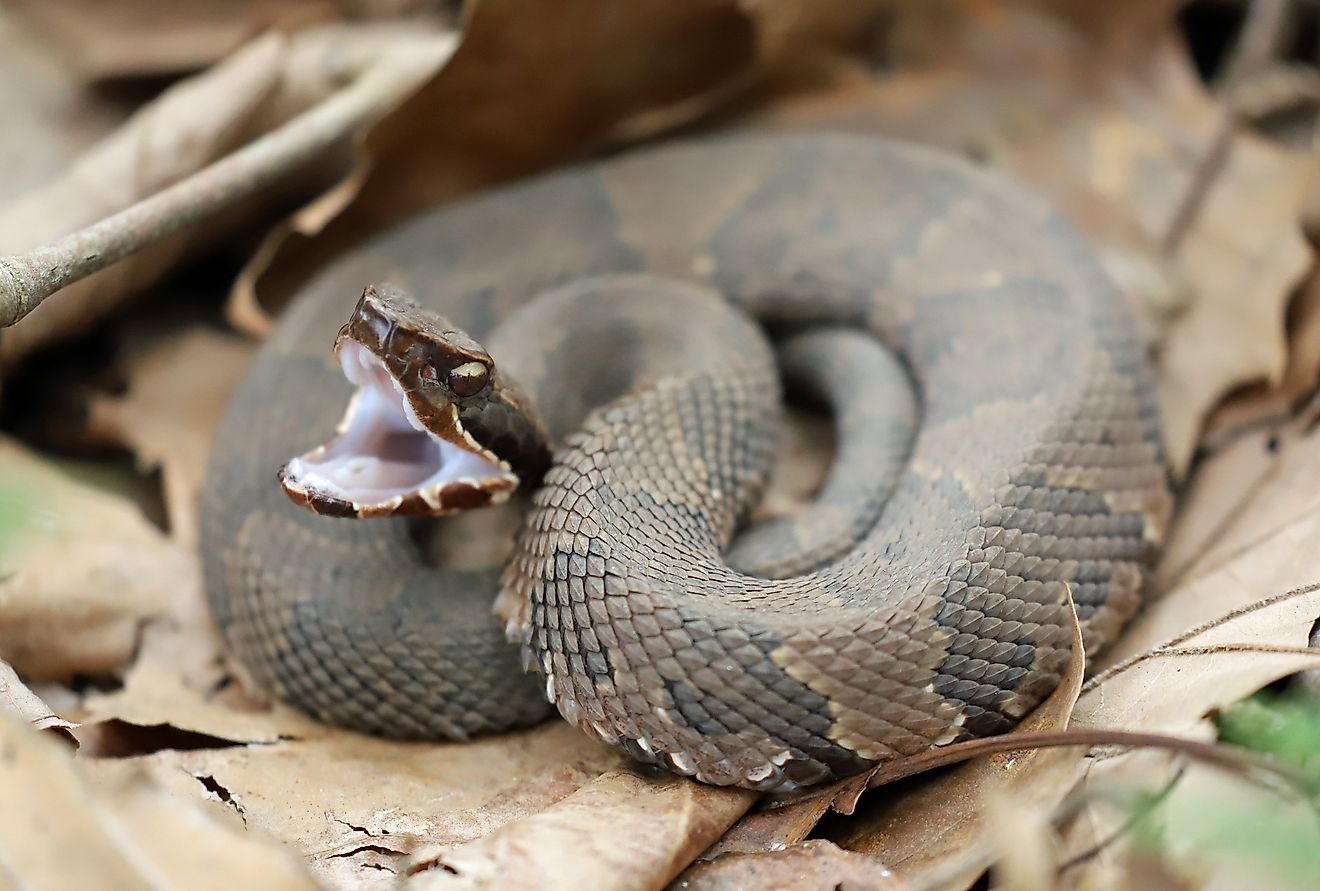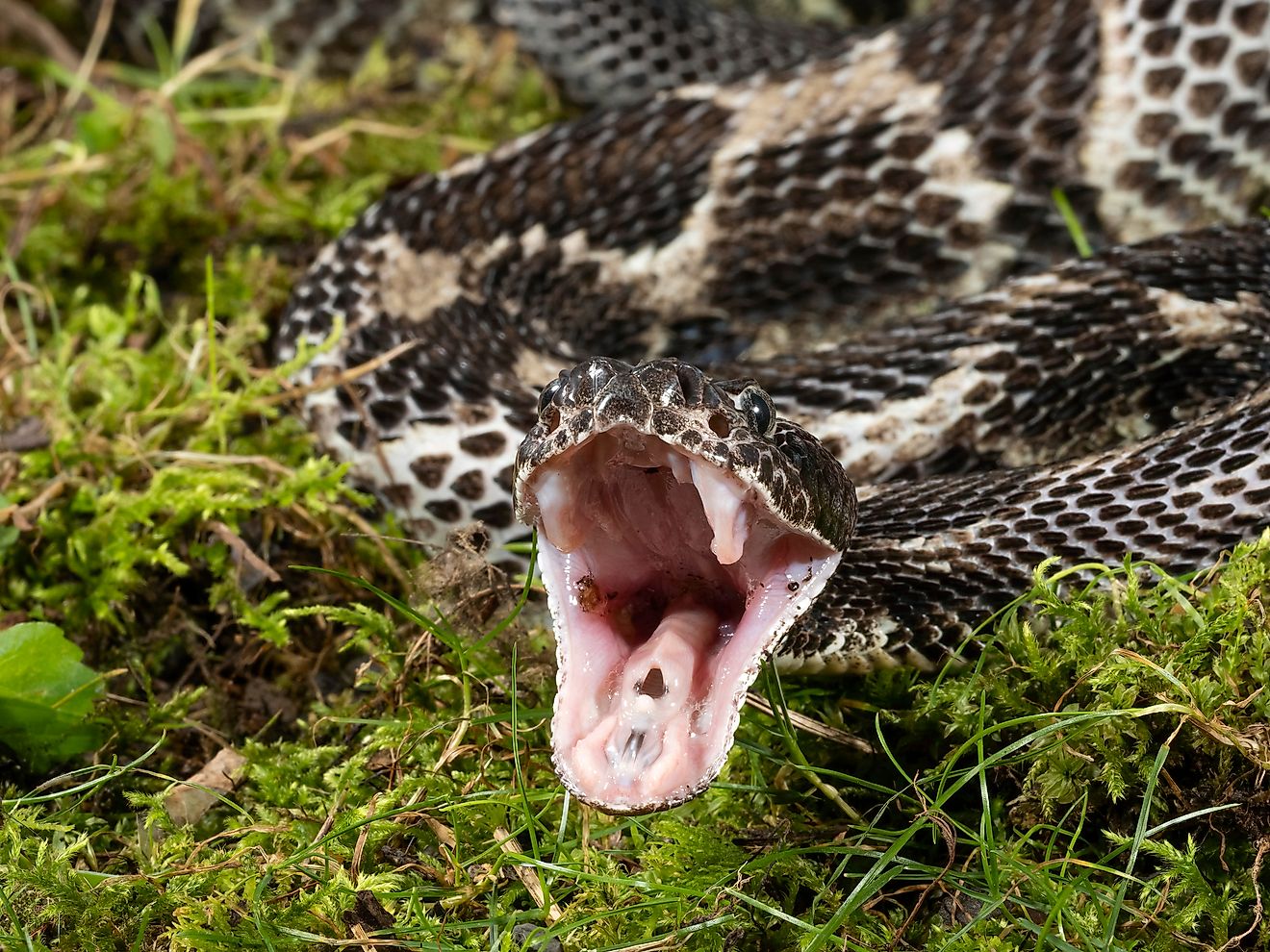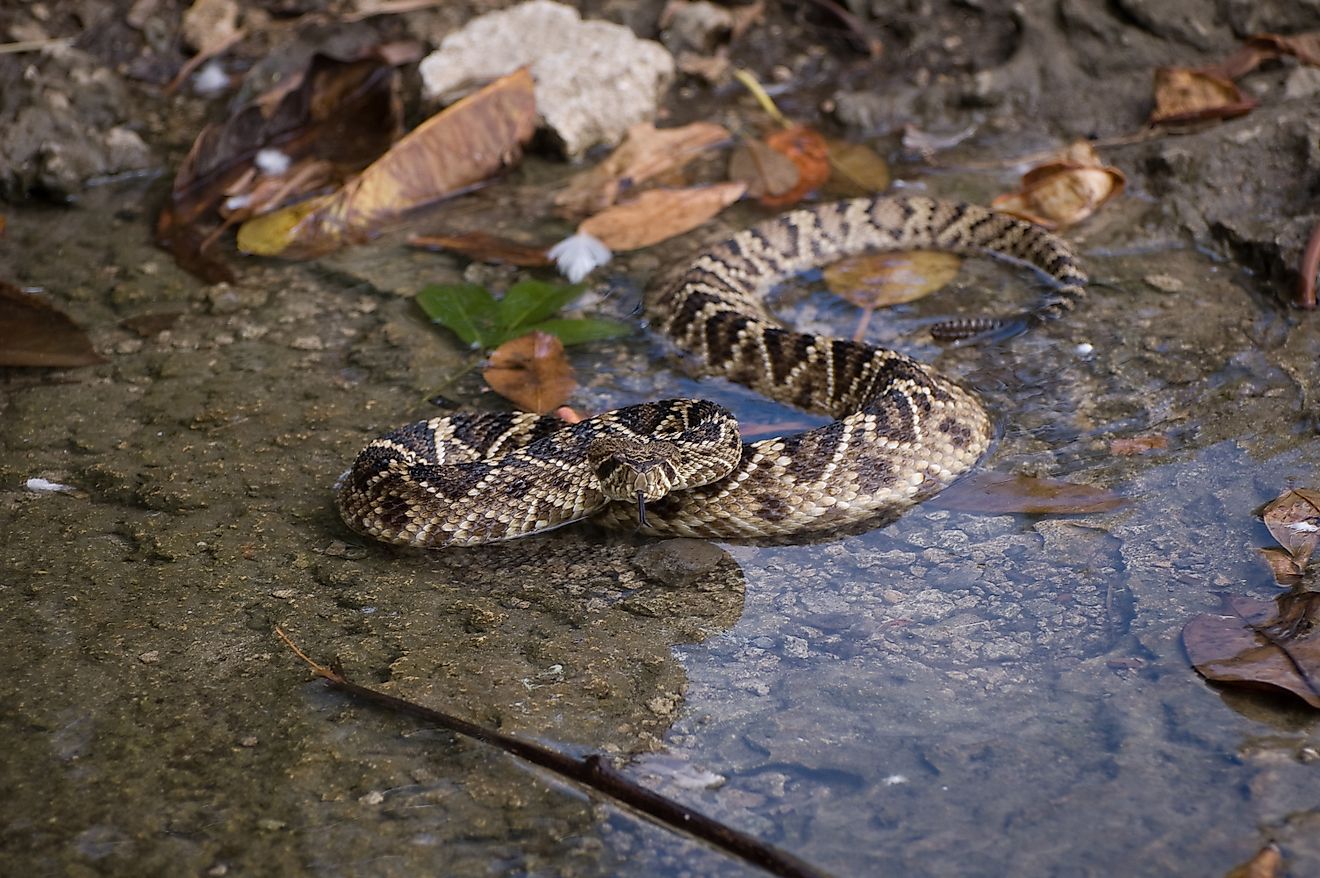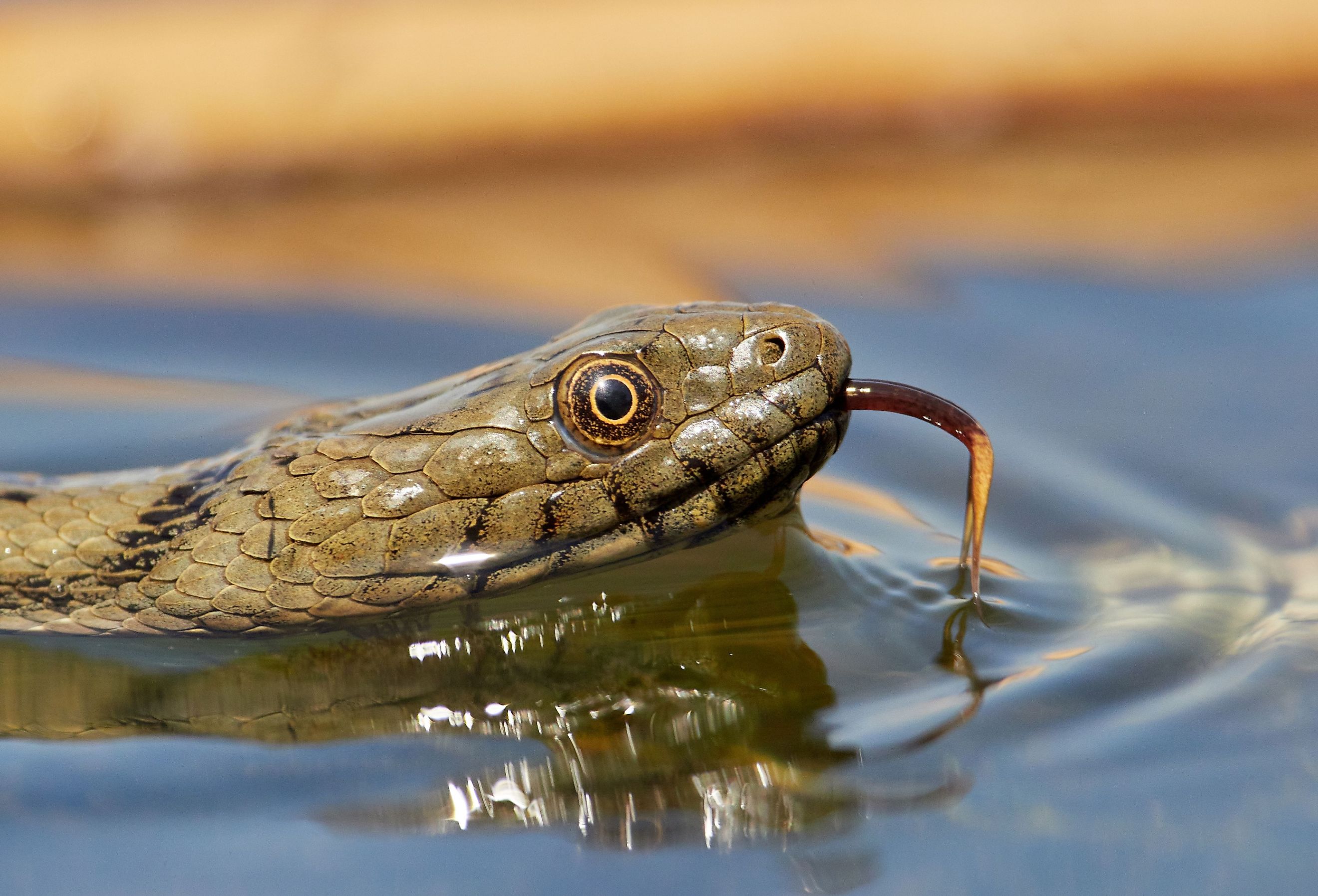
The 6 Most Snake Infested Lakes in the US
Most lakes in the US are homes to amazing flora and fauna species, but some wildlife is not so pleasant to see. For instance, finding snakes while wandering along the shore or swimming in still water can spoil the stunning views. It is best to be careful if you are going to visit the most snake-infested lakes in the US.
1. Lake Tahoe, California
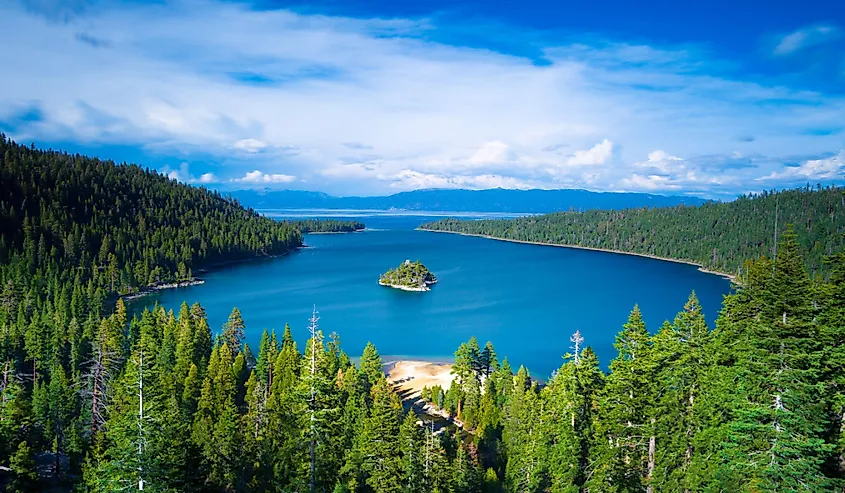
Lake Tahoe is one of the largest and deepest (1,645 feet) alpine lakes in the US. The location among the majestic Sierra Nevada mountains and lush forests makes it an outstanding destination. Two states, Nevada and California, share Lake Tahoe, but most of the shoreline is in California. You can choose from numerous activities like hiking, biking, swimming, kayaking, or relaxing on the beaches.
One of the most famous features is the lake's crystal clear water. Tahoe is one of the world's purest bodies of water. Objects may be visible in some locations at depths of more than 70 feet, which is at least reassuring to keep track of the snake population.
Meeting rattlesnakes or garter snakes is the dangerous side of Tahoe Lake. Both species are strong swimmers, so you may see them in the water as well as on land. Rattlesnakes are poisonous, but they do not behave as aggressively when in the water. Garter snakes are non-venomous, so they typically pose no threat to people. However, they have a little venom in their saliva which can be dangerous for prey like mice. Stay safe by giving the snakes space and enjoy the wildlife from a distance.
2. Lake Martin, Alabama
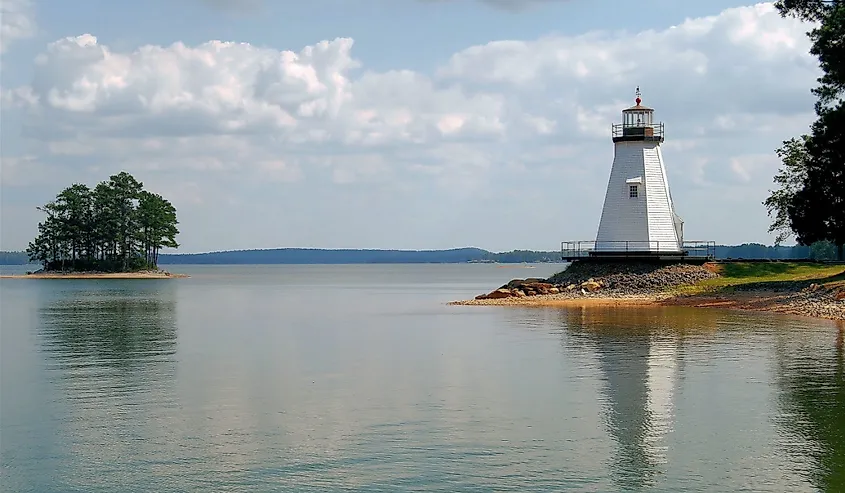
Lake Martin is one of the biggest man-made lakes in the US, formed by the construction of the Martin Dam on the Tallapoosa River. It spans over 40,000 acres and has more than 700 miles of shoreline. It is a well-liked destination for fishing, swimming, camping, and other outdoor activities.
You may see some venomous species at Lake Martin, including pygmy rattlesnakes, timber rattlesnakes, copperheads, and cottonmouths. These snakes frequently receive bad attention owing to their poisonous and deadly nature. If you compare these four species, rattlesnakes have the worst fame due to their intimidating behavior. Cottonmouths or water moccasins are also often aggressive, but copperheads' venom is light compared to the others, and their bites are usually non-fatal.
3. Lake Sweetwater, Texas
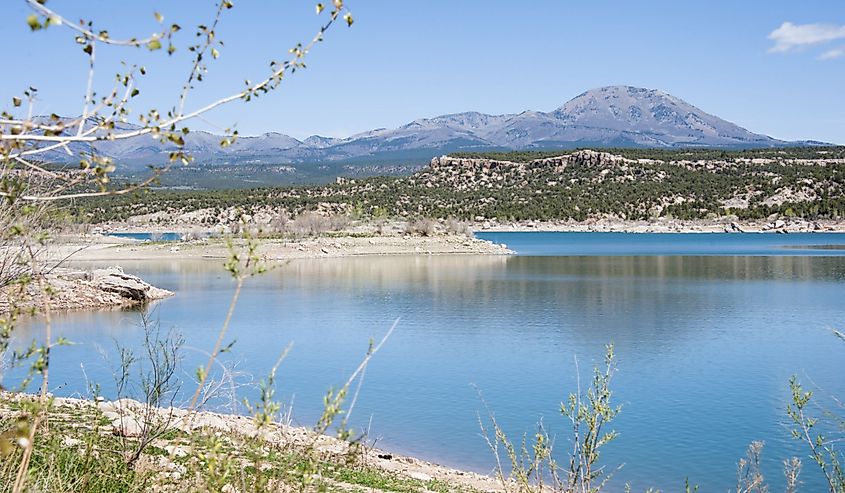
Lake Sweetwater is another man-made lake built by damming Bitter Creek. There are a few amenities near the water's edge, including a fishing pier, camping spots, and picnic pavilions, but you can not swim in the reservoir. If you decided to take one of the hiking trails, it is best to stick to the paths.
Texas is home to the highest number of snake species in the US, and you may run into many of them around Lake Sweetwater. Venomous ones include copperheads, cottonmouths, rattlesnakes, and coral snakes. The coral snake has the second-strongest venom in the world after the black mamba.
4. Lake Erie, Ohio
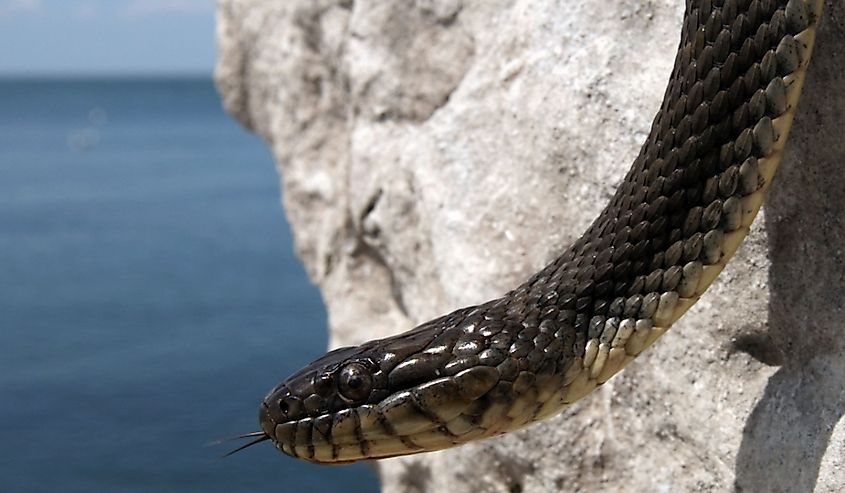
Lake Erie takes fourth place by size among the five Great Lakes of North America. It borders the states of Ohio, Michigan, Pennsylvania, and New York, with the longest shoreline in Ohio. The sandy beaches and warm water makes it an ideal and popular location for swimming.
Named after the lake itself, the Lake Erie Water Snake (LEWS) is a rare species of snake, related to the common water snake. Although Lake Erie water snakes are not venomous, they are easily angered and will attempt to bite if disturbed. However, the chance of meeting these endangered, heavy-weighted subspecies is rare.
5. Lake Seminole, Florida
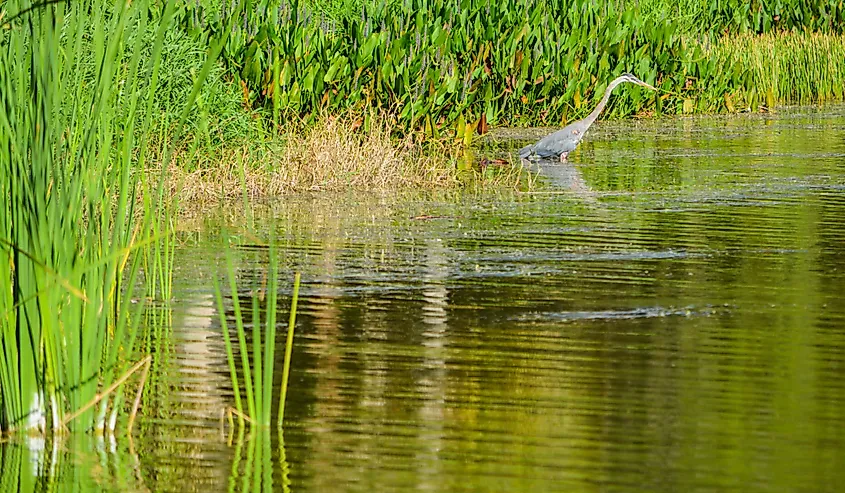
Lake Seminole is an artificial water reservoir that places itself along the Florida, Georgia, and Alabama state lines. Numerous species of fish abound in the lake making it the perfect place for fishing, watching waterfowl, and a popular location for the Bassmasters tournament.
The other lake habitats are not as pleasant to meet. Lake Seminole is home to venomous snakes such as cottonmouths and rattlesnakes. Cottonmouths are commonly confused with nonvenomous watersnakes. Cottonmouths frequently stand their ground and gape whereas watersnakes usually flee from humans. Another dangerous, but nonpoisonous species you may meet at Lake Seminole is the python.
6. Lake Mead, Arizona
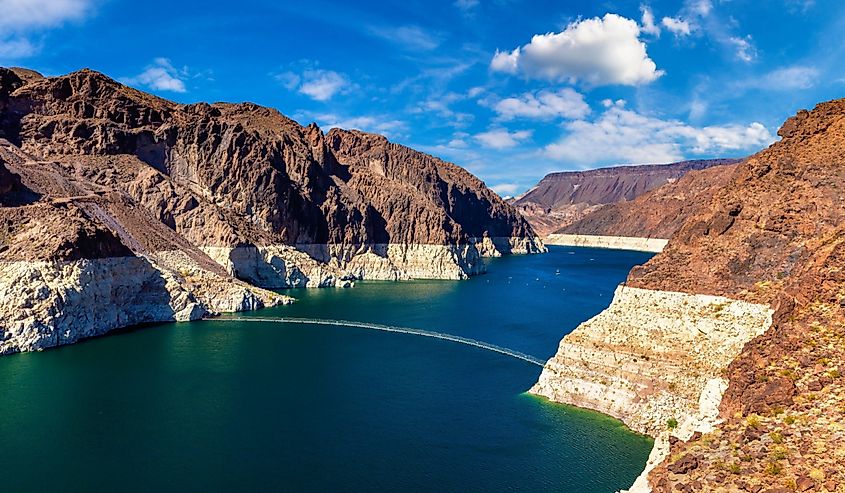
Lake Mead is a paradise in a desert that exists as a result of the Hoover Dam construction on the Colorado River. Nine trillion gallons of water make it the biggest reservoir in the US. This combination of natural and man-made attractions with striking landscapes and bright blue water attracts many visitors.
As one might expect in a hot place, snakes are common throughout the area. Lake Mead is home to four different species of dangerous rattlesnakes. They all emit the recognizable rattling and inject their toxic poison in seconds. Another snake you may find here is the king snake. It is nonvenomous and you can identify it by its black or dark brown pattern with white-colored rings.
In Summary
Gentle water and light waves make lakes the ideal location for a day trip or vacation. Nature can be wonderful and frightening at the same time. You do not need to avoid these lakes because of the snakes but do be careful. Most of the species are not aggressive until you step on them or are too close. Anyone who suffers a snake bite should call for medical help immediately.
